Table of Contents
Introduction
For many cannabis users, less is more. Microdosing THC—the practice of using ultra-low doses to subtly benefit the mind and body without feeling “high”—is gaining momentum among wellness seekers, creatives, and professionals alike.
Unlike traditional use that seeks euphoria or heavy relaxation, microdosing focuses on function: boosting focus, improving mood, easing tension, or enhancing flow without disrupting your day. It’s subtle, precise, and powerful.
In this guide, we’ll explain how microdosing works, what the ideal dose looks like, who it benefits, and how to use tools like the Vapman and Lotus to deliver exact amounts of THC—one clean breath at a time.
What Is Microdosing THC?
Microdosing THC refers to the practice of consuming very small amounts of tetrahydrocannabinol (THC)—just enough to activate subtle therapeutic effects without triggering intoxication. While most cannabis users aim for doses that produce noticeable euphoria or relaxation, microdosers use roughly 1–5 mg of THC to support focus, creativity, calm, or body comfort while remaining fully functional.
The key to microdosing is not just taking less—it’s taking the right amount for your body and purpose. The goal isn’t to get high, but to create a slight shift in your nervous system or perception that supports well-being.
What Microdosing Is NOT:
- It’s not about chasing a buzz
- It’s not the same as low-dose edibles that hit hard 90 minutes later
- It’s not a one-size-fits-all number
Microdosing is highly individual. What feels subtle to one person may feel strong to another. Your weight, tolerance, metabolism, and cannabis history all matter.
How Microdosing Works in the Body
THC interacts with the body’s endocannabinoid system (ECS), a network of receptors (CB1 and CB2) and signaling molecules involved in stress, mood, appetite, pain, memory, and immune regulation. When you microdose, you gently stimulate the ECS without overwhelming it.
At low doses, THC can act more as a modulator than an activator. Instead of flipping a switch, it fine-tunes background systems, helping you adapt to stress, process information more fluidly, or move through discomfort more easily.
Microdosing and the Brain:
- Dopamine: Low-dose THC may stimulate dopamine release, enhancing reward sensitivity and motivation
- Serotonin: Microdosing can improve mood in part by modulating serotonin indirectly (especially when paired with CBD or limonene)
- Default mode network: Some users report enhanced introspection or flow—linked to reduced “background noise” in the brain
Think of microdosing as the neurological equivalent of sipping tea rather than taking a shot of espresso. It’s about presence, not punch.
Benefits of Microdosing THC
Microdosing THC offers a range of subtle but meaningful benefits, especially for those who want to integrate cannabis into their daily life without compromising functionality. Unlike traditional use, microdosing allows users to fine-tune their physical and mental state rather than dramatically altering it.
Most Commonly Reported Benefits:
- Improved focus and productivity—especially during creative or repetitive tasks
- Mood stabilization—gentle uplift without racing thoughts or crashes
- Reduced social anxiety—greater ease in conversation and presence
- Physical comfort—light relief from chronic pain, tension, or inflammation
- Improved flow states—smoother transitions between focus, movement, and expression
- Better emotional processing—gentle openness in therapy, journaling, or meditation
What makes microdosing unique is its reliability. You can use it during the day without disrupting your plans. No couch-lock. No munchies. No forgetting what you were saying mid-sentence.
What’s the Ideal Microdose?
The ideal microdose varies by person, but for THC, it typically falls between 0.5 to 3 mg. Some sensitive users start with even less. For perspective:
Rough THC Microdosing Guide:
- 0.2–0.5 mg: Ultra-sensitive / beginner range
- 1 mg: Light mental shift, subtle clarity or calm
- 2–3 mg: Functional focus, mild body comfort, slight euphoria possible
- 4–5 mg: Upper edge of microdose; may verge on “feeling it”
Keep in mind: tolerance matters. If you’re a daily smoker, 2 mg may feel like nothing. If you’re new or coming off a tolerance break, it might be just right.
Start low, wait at least 60 minutes (for edibles) or 10–15 minutes (for vapor), and increase slowly. Microdosing is all about the long game—consistency and reflection yield the best results over time.
Why Vaporizers Are Ideal for Microdosing
When it comes to precision, vaporizers are unmatched. Unlike smoking or edibles—which can deliver unpredictable or delayed effects—vaporizing offers instant feedback, controlled dosing, and a clean terpene-rich experience that’s perfect for microdosing.
Top Benefits of Vaporizing for Microdosing:
- Fast onset: Effects are felt within 1–2 minutes, allowing for real-time dose control
- Terpene preservation: Low-temp vapor retains more therapeutic compounds that influence mood, clarity, and body response
- Efficiency: One breath is often enough—especially with ultra-sensitive users
- Minimal smell: Makes vaporizing discreet and practical for everyday use
- No combustion: Avoids toxins, smoke, and lung irritation
Devices like the Vapman and Lotus are especially well-suited for microdosing because they allow single-inhalation sessions. You can heat, inhale, and pause—all without committing to a whole bowl or edible serving.
When and Why People Microdose
People microdose for many reasons, from managing chronic symptoms to enhancing daily well-being. Here are some of the most common motivations:
Common Use Cases:
- Work focus: Boosting concentration without anxiety or jitteriness
- Social ease: Calming pre-event nerves without altering behavior
- Physical discomfort: Easing inflammation or tension while staying functional
- Creative exploration: Enhancing flow states in art, music, or writing
- Wellness routines: Supporting breathwork, stretching, or meditation
- Sleep transition: Using microdoses in the evening to help unwind naturally
Because the effects of microdosing are subtle and clear-headed, it works well in daily routines. Many people use it as an alternative to coffee, alcohol, or over-the-counter medications—especially when paired with intentional practices and a clean inhalation method.
Tips for Effective & Safe Microdosing
Microdosing is both an art and a practice. It takes attention, patience, and a willingness to observe how your body and mind respond to small shifts. These tips will help you get the most benefit without going overboard:
1. Journal Your Experience
Track the dose, strain, time of day, and how you feel before and after. Patterns will emerge, helping you fine-tune your routine.
2. Use a Clean, Consistent Device
Dirty vaporizers affect flavor, efficiency, and experience. Tools like the Vapman and Lotus deliver consistent, flavor-rich hits and are ideal for maintaining clean, predictable microdoses.
3. Pair with a Purpose
Microdosing works best when paired with intention. Whether it’s walking, creating, stretching, or journaling—give your dose a direction.
4. Avoid Mixing With Alcohol or Strong Stimulants
These can counteract the subtle clarity of a microdose and increase the likelihood of confusion, anxiety, or sedation.
5. Take Breaks and Reset Tolerance
Even microdoses build tolerance. Schedule 1–2 days off per week, or a 7-day reset every 4–6 weeks to maintain sensitivity and effectiveness.
Conclusion
Microdosing THC offers a new way to engage with cannabis—one that emphasizes subtlety, clarity, and integration rather than intensity or escape. It’s not about getting high—it’s about staying present, adaptive, and gently supported in your body and mind.
Whether you're looking for sharper focus, reduced anxiety, creative flow, or smoother emotional transitions, microdosing can provide steady benefits without the drawbacks of overuse. And with the right tools—like the Vapman or Lotus—you can tailor each breath to your exact needs, one mindful inhale at a time.
Start small. Stay curious. And let clarity guide the way.
About the Author

Author: Michael Mussner, Founder of INHALE Vaporizers
Michael is a passionate vaporizer designer and entrepreneur from South Tyrol, driven by craftsmanship, sustainability, and the mindful use of natural herbs. With a background in product innovation and a love for analog technology, he founded INHALE to revive flame-powered vaporizers like the Vapman and Lotus. Every product he creates is deeply rooted in authenticity, simplicity, and a respect for nature.
Questions? Contact us here or email support@nowinhale.com.





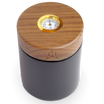
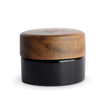


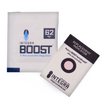


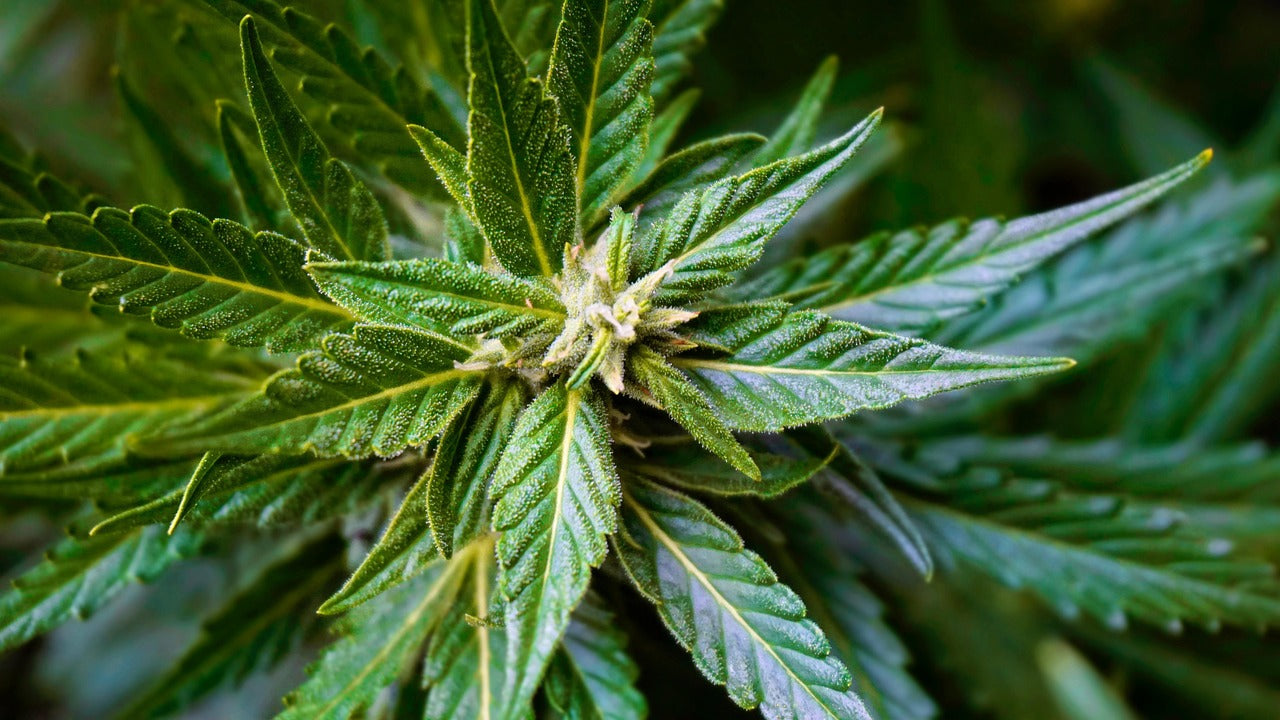

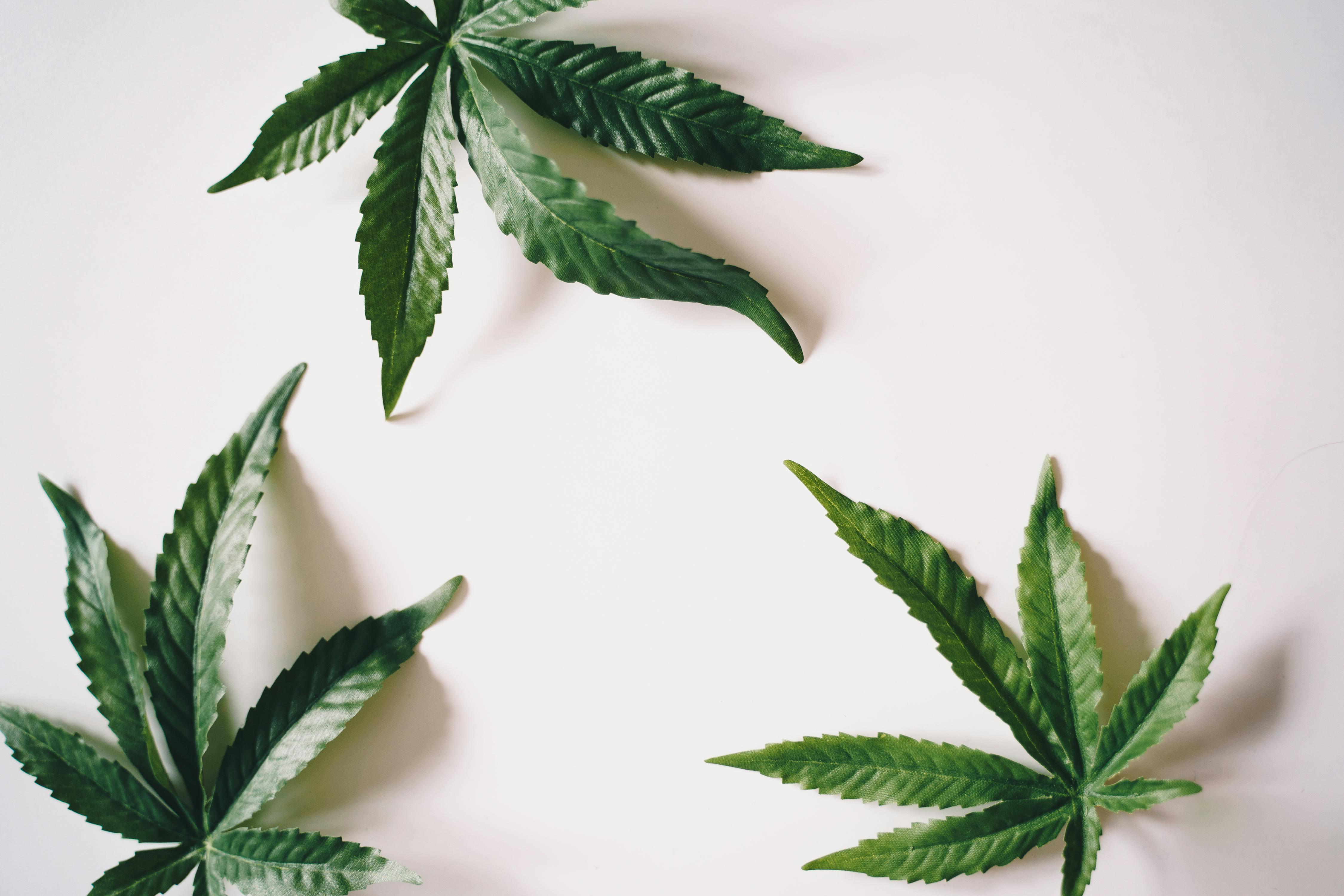


Leave a comment
All comments are moderated before being published.
This site is protected by hCaptcha and the hCaptcha Privacy Policy and Terms of Service apply.